Dogs give us laughter, joy, and beautiful memories, but they can also give us allergic diseases like hay fever, dermatitis, or asthma. This leaves many pet owners pondering, what are the best hypoallergenic dogs for people with allergies? To answer this question, we have compiled a list of dog breeds considered to be "hypoallergenic dogs". Along with this list, you will find out what makes these pups "hypoallergenic" and what can help you if you begin to develop allergies.
What Dogs are Hypoallergenic?
Each of these hypoallergenic dogs could be a good option for people with dog allergies. Like all dogs, they produce Can f allergens, but they shed less fur and dander so that these allergens may accumulate less over the home. Here is a list of dogs that are hypoallergenic in the Terrier and Non-Terrier categories:
Hypoallergenic Dogs (Terriers):

- Airedale: This terrier breed boasts the nickname title “The King of Terriers” because it is the largest of the terrier breeds and are the best non shedding dogs. They are large hypoallergenic dogs that resemble the soft coated Wheaten Terrier, and they weigh between 50 to 70 pounds, similar to a Golden Retriever.
- American Hairless: As the name states, these small terriers, originally from Louisiana, can be hairless, but there are versions with short shiny coats as well. Both versions are considered hypoallergenic dogs.
- Australian Silky: This small silky-haired terrier was developed around Sydney in the 19th century. Its ancestors include the Yorkshire and the Australian Terrier.
- Bedlington: This is a midsize English terrier. They sport a coat which can resemble sheep's wool.
- Border: This is a midsize terrier with an "otter shaped" head. They were originally a country breed but adapt well to rural and city areas.
- Boston: This breed sports the nickname "American Gentleman," probably because their coat can resemble a tuxedo. These terriers grow to the height of 15-17 inches and weigh no more than 25 pounds.
- Cairn: This terrier breed was originally bred to hunt small prey like foxes. They are small hypoallergenic dogs with thick wiry coats. They love to be outside and dig.
- Scottish: These are fun hypoallergenic dogs who enjoy being independent but also make confident companions. Their high spirits earn them the nickname "The Die Hard". This is a staple of Britain's terrier breeds.
- Tibetan: This terrier breed is called the "Holy Dog of Tibet" and has a long association with Buddhist monasteries. They have long silky hair, resembling their smaller cousin, the Lhasa Apso.
- West Highland White: You can refer to them as "Westies" for short. This little hunter is probably the most popular breed of terrier. They grow to about 10 inches in height and sport a thick all-white coat, similar to the Coton de Tulear.
- Yorkshire: These terriers are famous for their long silky coats which resemble human hair and can reach the ground. These short dogs (8-9 inches) were originally developed as ratters to help catch vermin in mines and mills.

Hypoallergenic Dogs (Non-Terriers):

- Portuguese Water Dog: President Obama famously had one named “Bo” because of his daughter Malia's allergies. It may be obvious from the name of the breed that they are excellent swimmers (like Irish Water Spaniels) and love being outdoors.
- Maltese: These dogs are in the toy size category. They are completely covered in white, silky soft pet hair that keeps growing to the ground unless you groom it.
- Bichon Frise: This is a small, friendly, and loving breed that is particularly good with children. However, they tend to suffer from separation anxiety and do not always adjust well to being in a kennel.
- Havanese: These are related to the Bichon Frise and are also companion dogs that are especially loving, affectionate, and attached to their owners.
- Poodle: These dogs are one of the most popular breeds on the planet and come in three sizes: miniature, standard, and toy. Crossbreeds like the Labradoodle (Labrador plus poodle) are also potentially hypoallergenic.
- Schnauzer: The AKC initially classified this German breed as a terrier but changed the classification in 1945. They were bred as ratters, watchdogs, and hunters and come in three sizes.
- Shih Tzu: This is an ancient breed that was originally bred for Chinese royalty. Today, we especially prize them for being good with kids.
- Brussels Griffon: This Brussel Griffon breed was created in Belgium 200 years ago. They are excellent watchdogs and supremely intelligent.
- Komondor: This is a very unique-looking dog. It has a coat of lengthy dreadlocks from head to toe! This Hungarian breed was created for herding livestock and is known for being loving with family but wary of strangers.
- Mexican Hairless (Xoloitzcuintli): Pronounced “show-low-eetz-kweent-lee”, this hairless dog is an ancient breed that was created by the Aztecs to serve as a guide and prophet to the underworld. Nowadays, we prize them for their calm and alert demeanors.

What Causes Dog Allergies?
There is a common misconception that the dog's hair is the allergen, while in fact, it is a group of protein in the dog's skin (or pet dander), saliva, and urine called canine familiaris (or Can f) that can trigger allergic reactions. Similar to major cat allergens, these are spread along with the dog's hair coat when it grooms or licks itself, and they can get into the environment when the dog sheds its hair or dander.
Remember that some people may still be allergic to “hypoallergenic dogs," so consulting with a physician is a good idea prior to pet ownership. Also, if you have a severe dog allergy, especially if it's complicated by asthma, bringing a dog into the household is not a good idea. But for people with milder allergies, it may help to get a dog on a trial basis (such as finding a shelter or breeder who can take the dog back after a few weeks if things don't work out).
Of all the various dog breeds, the terrier breed has multiple variations that are considered a hypoallergenic animal. The AKC describes all terriers as being “feisty and energetic” as they were bred for hunting and ratting (vermin control). This makes them excellent watchdogs, but they also have the capacity to dig, bark, and sniff around endlessly.
What Makes Hypoallergenic Dog Breeds Unique?
Various studies have shown that similar to the case of hypoallergenic cats, there is no such thing as completely hypoallergenic dogs. So if all dogs produce Can f allergens and no dog is truly hypoallergenic, what makes a dog "hypoallergenic?" There is some evidence that certain dog breeds (like the Standard or Miniature Poodle) may produce fewer allergens than other breeds.
For example, a 2005 study in the publication Allergy demonstrates that Labradors, on average, produce less Can f 1. According to the American Kennel Club (AKC), hypoallergenic dogs are breeds that shed animal dander minimally or not at all. Some may even be entirely hairless and will only shed small amounts of dander. The less hair and dander the dog sheds the more hypoallergenic the breed is for people with allergies.
However, it is important to know that even within a dog breed, there will be individual variation in how much allergen there is on each dog's skin. The bottom line is, there just no predicting whether a dog, purebred or not, is going to cause problems to someone with allergies.

How to Reduce Your Dog Allergies?
Allergies can be unpredictable. They can come and go at random throughout your life with no warning or reasoning. Exposure to an allergen is a major reason for worsening symptoms, so if you develop dog allergies, it is important to speak with your physician about what you are experiencing. You could also take the following precautions to help reduce your allergies:
- Keep the dog out of the bedroom, especially for anyone who has asthma.
- Close the air ducts in the bedroom.
- Always use an air cleaner or HEPA filter. Be sure to service it or replace it regularly.
- Never allow the dog on furniture that has upholstery.
- Vacuum the house and carpets regularly (including any fabrics the dog may have laid on or touched).
- Wash the dog regularly (no more than once a week), but be sure to use shampoo specifically created for dogs and not regular soap, so as not to dry their skin and cause an increase in dander.
- Regularly clean your home and not allow dust to accumulate.
- Take an over-the-counter (OTC) allergy medication like fexofenadine (Allegra), loratadine (Claritin), or diphenhydramine (Benadryl).
- Provide options like omega 3s, pet-approved CBD, biotin, or salmon for your dog that contribute to a healthy coat and skin.
These various precautions can help you decrease your allergic response to Can f allergens. Find out more on Holistapet. Or check out these guides for more dog care tips.
Final Thoughts
While no dog is truly 100% hypoallergenic, certain breeds shed less hair and dander, making them better suited for individuals with mild allergies. By choosing from hypoallergenic breeds like terriers, poodles, or hairless varieties, and by taking preventive steps to reduce allergen exposure at home, many dog lovers can still enjoy the companionship of a hypoallergenic pet. Always consult with a physician before adopting and remember that each dog — and each allergy — is unique.
Read Next: Can Dogs Take Claritin? [Finding Relief for Canine Allergies]

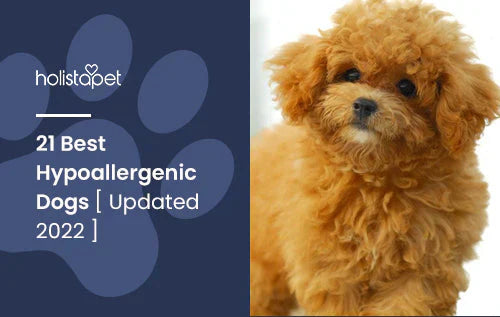
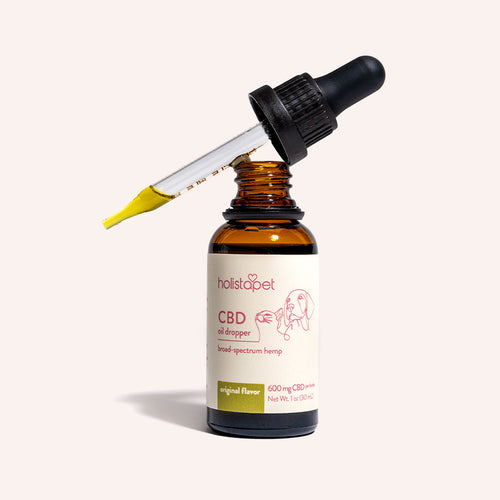 CBD Oil for Dogs - Fast Acting
CBD Oil for Dogs - Fast Acting
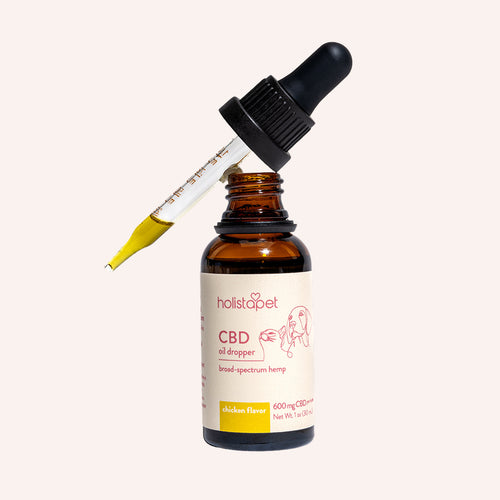 Chicken Flavored CBD Oil For Dogs - Easy Dose
Chicken Flavored CBD Oil For Dogs - Easy Dose
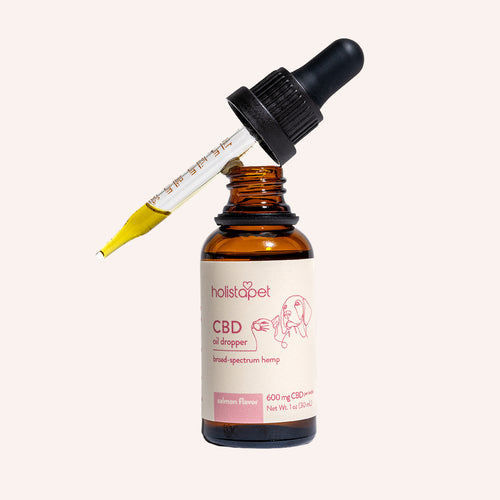 Salmon Flavored CBD Oil For Dogs - Highly Rated
Salmon Flavored CBD Oil For Dogs - Highly Rated
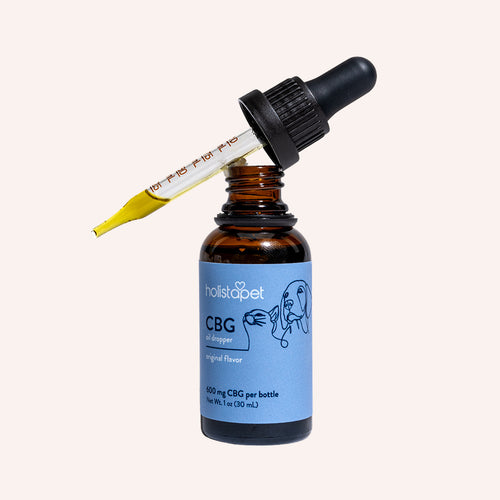 CBG Oil for Dogs and Cats - Loved by Thousands
CBG Oil for Dogs and Cats - Loved by Thousands


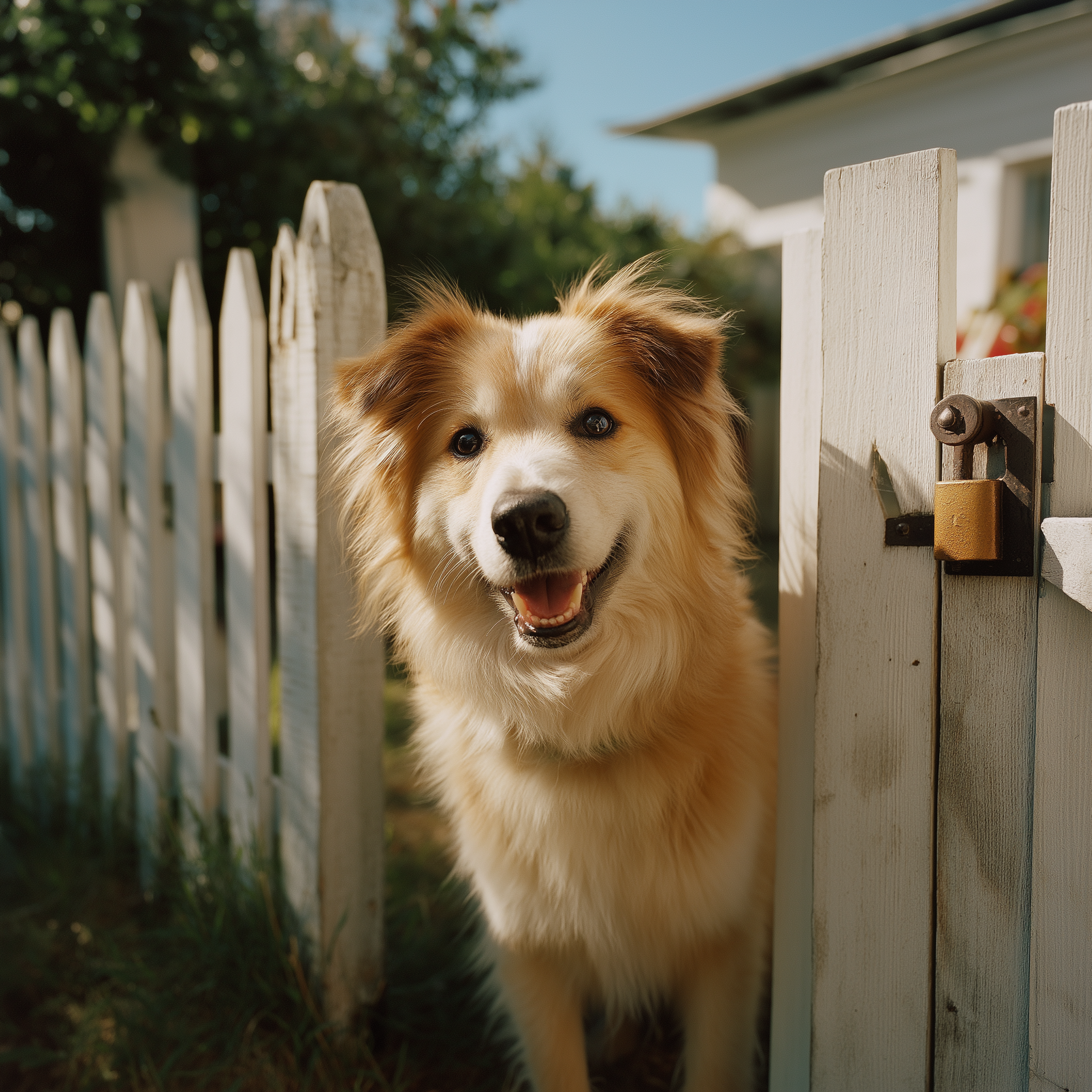
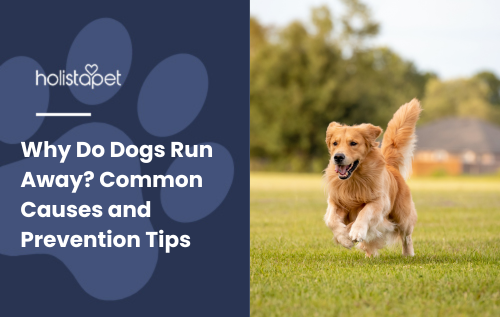

Leave a comment
All comments are moderated before being published.
This site is protected by hCaptcha and the hCaptcha Privacy Policy and Terms of Service apply.